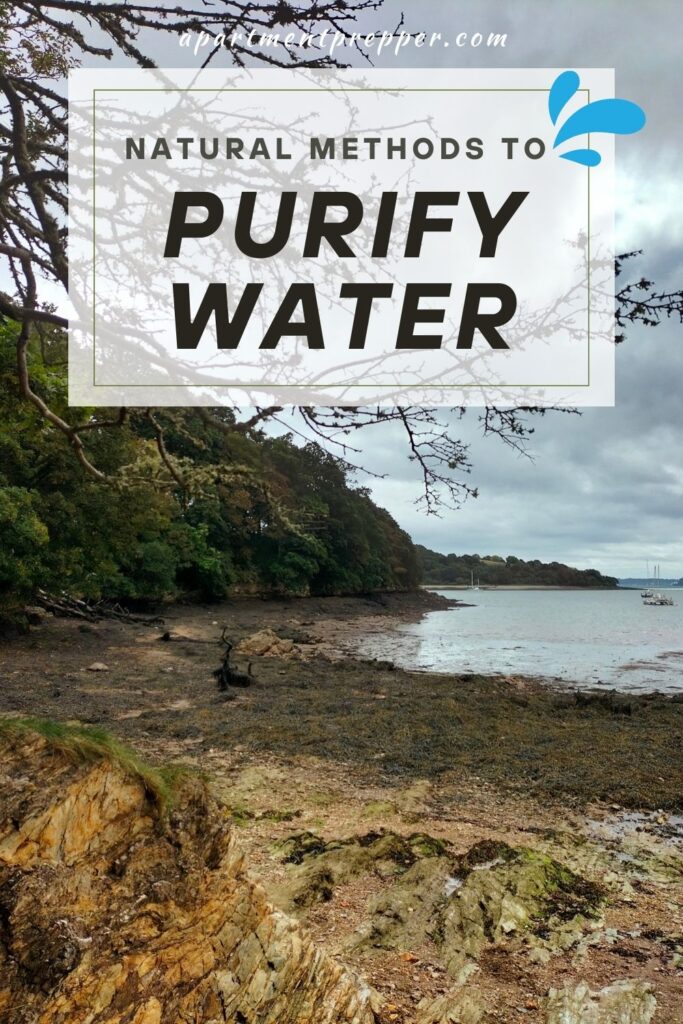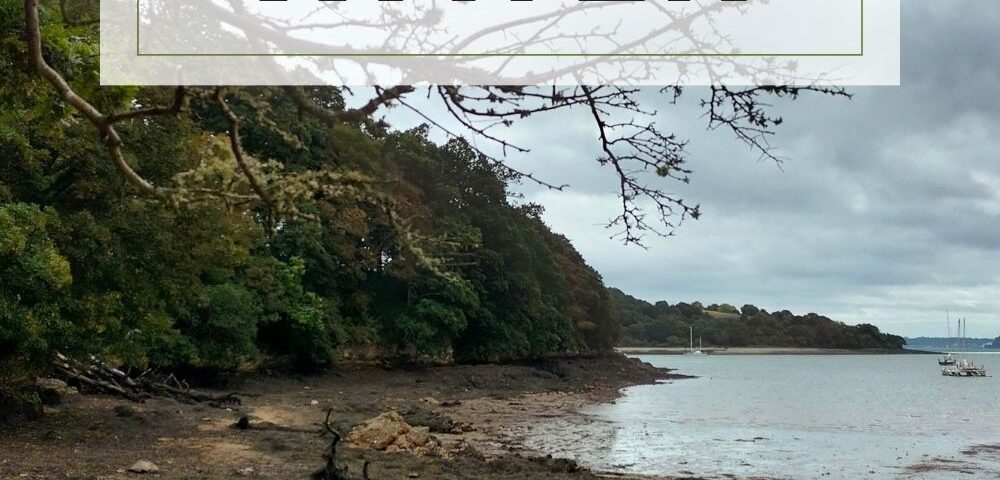Written by Kyt Lyn Walken
Introduction
“Nothing is softer or more flexible than water, yet nothing can resist it.” — Lao Tzu
We often underestimate the importance of having good water supplies during all our activities.
Especially if we find ourselves in an emergency situation. Any hazard, in fact, could be easily connected to a shortage of supplies. Water, first!
Having a good supply of water is mandatory, especially if our intention is to spend several days in the great outdoors.
We should be able to rely only on:
– the provisions we have
– purification systems
– our expertise as survivalists
Even when the weather is likely to be not so sunny, our body needs, in fact, a supply of fluids adequate to the efforts we are making or to what we are going to face.
Therefore, getting more than one bottle (or Camelback) is not just a matter of common sense, but also of prudence.
The absence of springs, mountain huts, and so on can make us bitterly regret having underestimated our itinerary.
Consequently, drawing water from unsafe sources is a fatal mistake that we must always avoid.
If we do not have any water filtration and purification system (although there are several on the market and very good ones!), we can however build one by ourselves using … a half-liter plastic bottle and a piece of rope (or twine, or even .. a shoelace)! Or, we can go with other methods too.
In this article we will lift the lid on how to do that, resorting to some basic items we have inside our backpacks.
Why Purify Water
“We forget that the water cycle and the life cycle are one.” — Jacques Yves Cousteau
Drinking water from any stream without processing it is a huge mistake we need to avoid. Even if we find ourselves hiking at some noticeable altitudes (13123 feet, 4000 meters), we cannot just grab our canteen and start to refill it at the first high mountain creek we run into.
It doesn’t work that way.
Without any safety procedure, a simple act like this can contain all the ingredients for a disaster.
Let me tell you about a fact I personally assisted several years ago.
I was hiking in the Dolomites, at 6560 feet. On my way up to a bivouac, I ran into a group of ten people led by a guide. The trail flanked a tiny creek. The guide invited his group to refill their canteen.
I observed the scene in silence and moved on.
While I was 320 feet away, I noticed the carcass of an ibex, right in the middle of the stream.
The carelessness of that guide might be the cause of some serious diseases of the participants he was supposed to care for.
I have this episode stuck in my mind. The morale is very simple: you may never know what it is – or, – was – in the water you are collecting.
Staying stuck to the basic principle “better be safe than sorry” could actually save your life. And others’ too! Or, at least, it could prevent you from getting some serious illness.
What’s in the Water
“Water is the driving force of all nature.” — Leonardo da Vinci
Bacteria happen to be everywhere, from water which flows from surface to groundwater.
The presence of bacteria can be harmful to our health, especially in persons who are more at risk, like young children and elderly people. Or, again, we are over-fatigued.
Bacteria, along with parasites and viruses, can lead to some tragic consequences.
Coliform bacteria, for example, is one of them. Escherichia Coli (e-coli) is part of this family.
This bacteria can cause nausea, diarrhea, cramps, vomiting, headaches, physical and mental fatigue, and fever. Ultimately, it may cause even death.
As a matter of fact, fecal matter contains many pathogens and bacteria too. If you approach a mountain creek with no doubt at all, please… step back and reconsider the whole thing.
Ungulates’ urine, parts of carcasses, and whatever are, in fact, the real danger you need to collect water.
Besides that, you can still make that water drinkable by resorting to some good, and reliable water filtration systems you may easily find at outdoor stores. Or you can use some water purification tablets. The market is literally plenty of them.
But… what if you don’t have any of them?
You can still sort out the whole situation using some knowledge, essential handcraft, smartness, and, again,… common sense.
Not to mention that, even if your gear is far from being any cutting edge, you can still employ a bunch of very basic items, like a plastic bottle, to create your own purification system.
Personally speaking, I learned this method – and put it into practice – while attending to Conservation Ranger Course back in 2018, to become an Antipoaching Ranger.
It was part of the Survival Program to volunteer as a Ranger in the African Continent.
Let’s discover more about that!
How to Purify water – If You have a Plastic Bottle with You
“The cure for anything is salt water: sweat, tears, or the sea.” — Isak Dinesen
What you need
16 oz plastic bottle – empty
A cutting tool
A shoe lace – or a paracord – or a thin rope
A gauze (or clean piece of cloth) cut into pieces
To create an effective filter, you need to cut the plastic bottle into two parts, pretty much in the center. The “bottom” part will act as a reservoir for the filtered water from the remaining end – which will then be the glass filter and its own.
To make it effective, it is necessary to create different layers in it (one made of sand, one of small stones or gravel, and so on), and, if possible, alternate them with gauze, which will be able to retain impurities.
Strictly avoid forming a layer of leaves! The presence of tannin in them, in fact, will make the water impure and even toxic.
Once you have finished composing the different layers, make two holes in your filter, pass the string through them, and hang the filter on a branch. Position the cistern below, so that it is not in the balance.
Pour the water you wish to purify into the filter through a plastic bag that you will throw in your garbage – nothing is left in nature! – and wait patiently, drop by drop, for your water to be ready to be boiled! This method surely takes a little bit, but it also gives a plastic bottle new life.
After filtering out any solids in the water, you need to boil the water. According to the CDC, keep the water at a rolling boil for one minute (at elevations above 6,500 feet, boil for 3 minutes), to eliminate most of the viruses, parasites, and bacteria.
How to Purify Water with a Distillation System
Using this method, you can get some fresh water out of a very easy process. All you need to do is to dig a hole right in the ground. Be careful to create a small hole – almost mug size – in the center, placing your canteen in it. Pay attention to leaving a bigger bottom on the surface, and cover it with plastic.
You can use a plastic bag to do that. Put a small rock right in the middle of the plastic wrap, once you secured it all over the edges to prevent it from collapsing inside the hole you previously dug.
Then, all you have to do is… wait! In fact, the distillation system works through evaporation and condensation. If you put some green plants inside the hole the spores will be also able to allow better transpiration.
This process works even with salt water, ensuring desalination of the water.
Again, this method is surely the best way to go when you find yourself in an emergency situation and you have the ideal conditions to make it work: staying overnight, wasteland, and so on.
How to Purify Water with Charcoal
In some cases, the employment of natural charcoal happens to be the ideal water filter. Charcoal is the material left over after burning wood or other organic matter without oxygen. It is a very porous substance that can absorb toxins and bacteria from water. In fact, it can remove toxins from the water without compromising the benefits of the water itself in terms of salts and important minerals.
By collecting some charcoal from your campfire with a canteen, you can pour some grey water through it, filter the water with a cloth, and then proceed with boiling the water you got.
Ultimate news on natural filters
Recent research demonstrates that in Africa and Latin America, some natural filters are employed in greywater filtration systems. “[…] whether fibers like coconut husks, maize, and seeds remove chemical toxins from water, and if they could filter polluted freshwater the same as greywater. […] “. It has been proved that: “[…] natural fibrous components with the potential to purify greywater: activated charcoal powder, moringa oleifera seeds, and crushed corn cob. Charcoal powder has been used in greywater treatments before, and it can replace chlorine as a natural disinfectant; the seeds contain a protein with an antimicrobial effect in water filtration; and the corn can trap chemicals in its pores and soak in excess salts like calcium and magnesium […]” (Source: Society for Science)
About the author
Kyt Lyn Walken is Official Representative and Instructor for Hull’s Tracking School (Virginia) and Antipoaching Certified Ranger for Conservation Rangers Operations Worldwide Inc. (Colorado).
She’s a long time Prepper and Survivalist and she wrote several articles and essays on this topic.
Today’s societal climate not supportive of prepping. With your help, we can keep bringing you content that is often suppressed. Help keep Apartment Prepper alive.
Join me on Patreon for ad-free content.

Or Help out via Paypal




